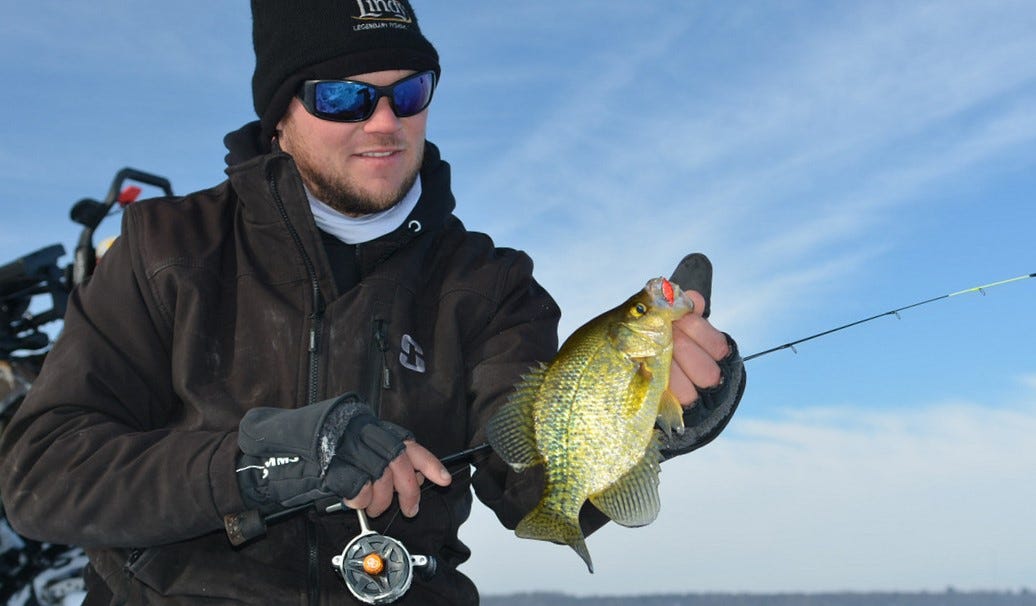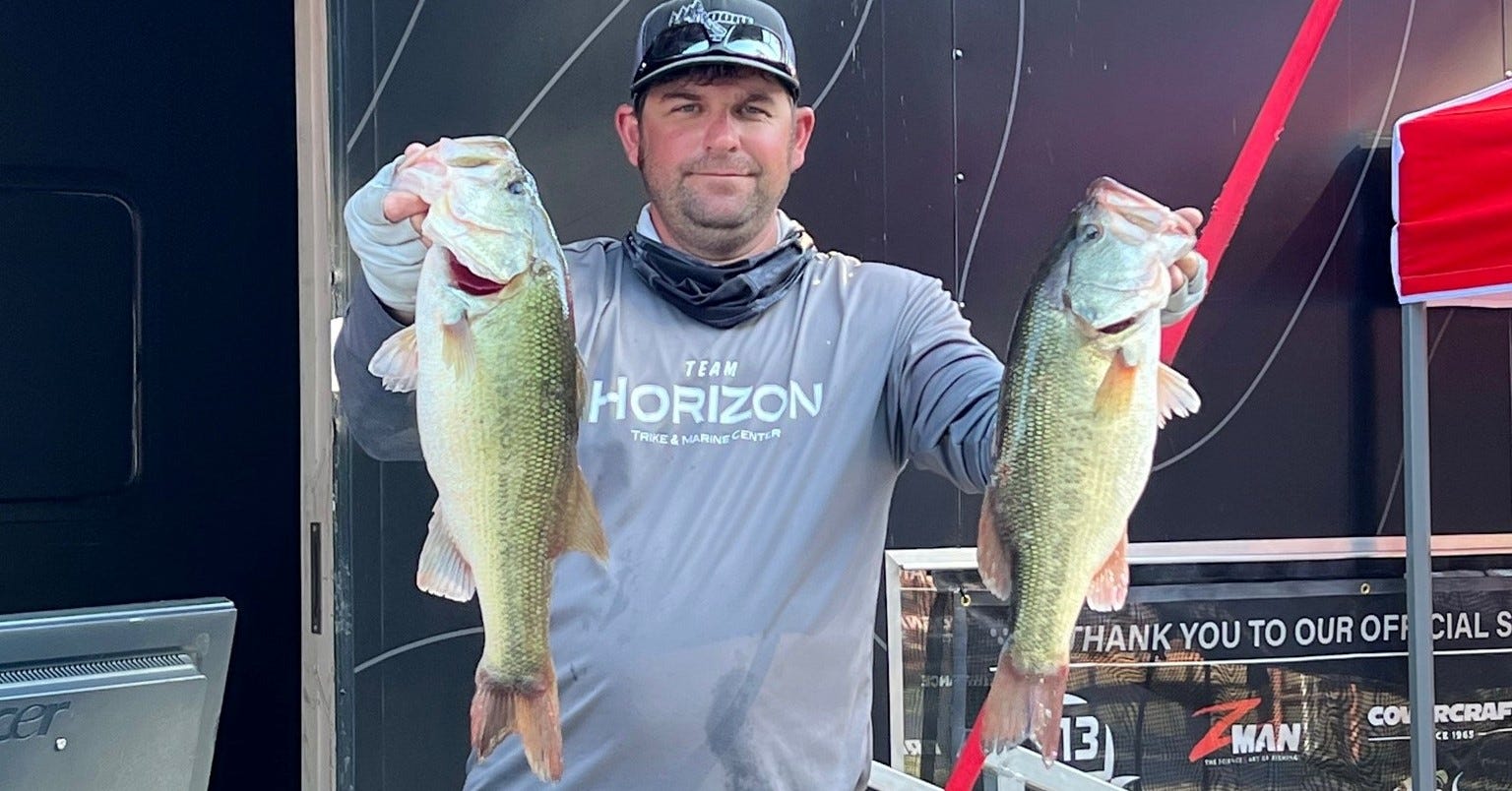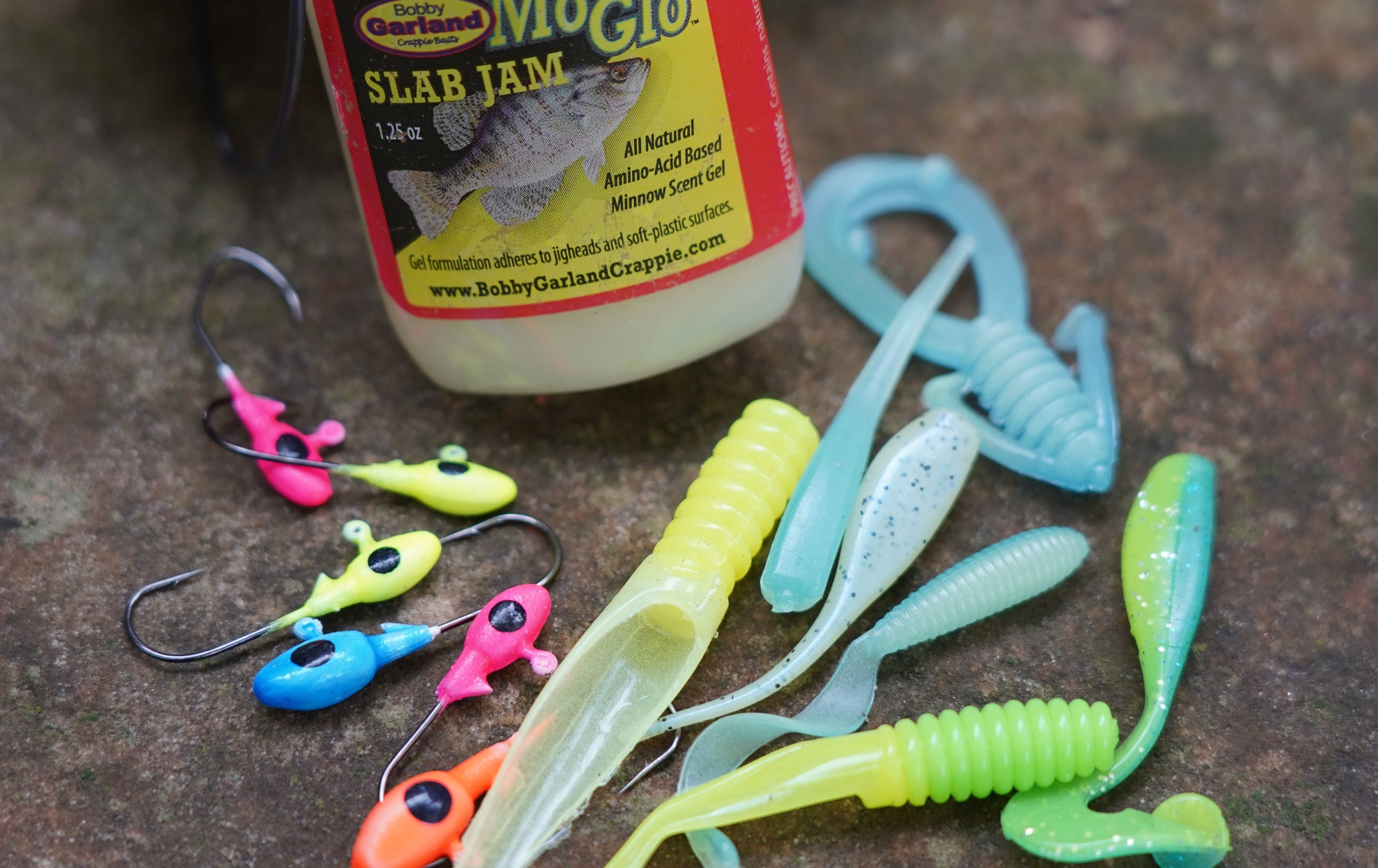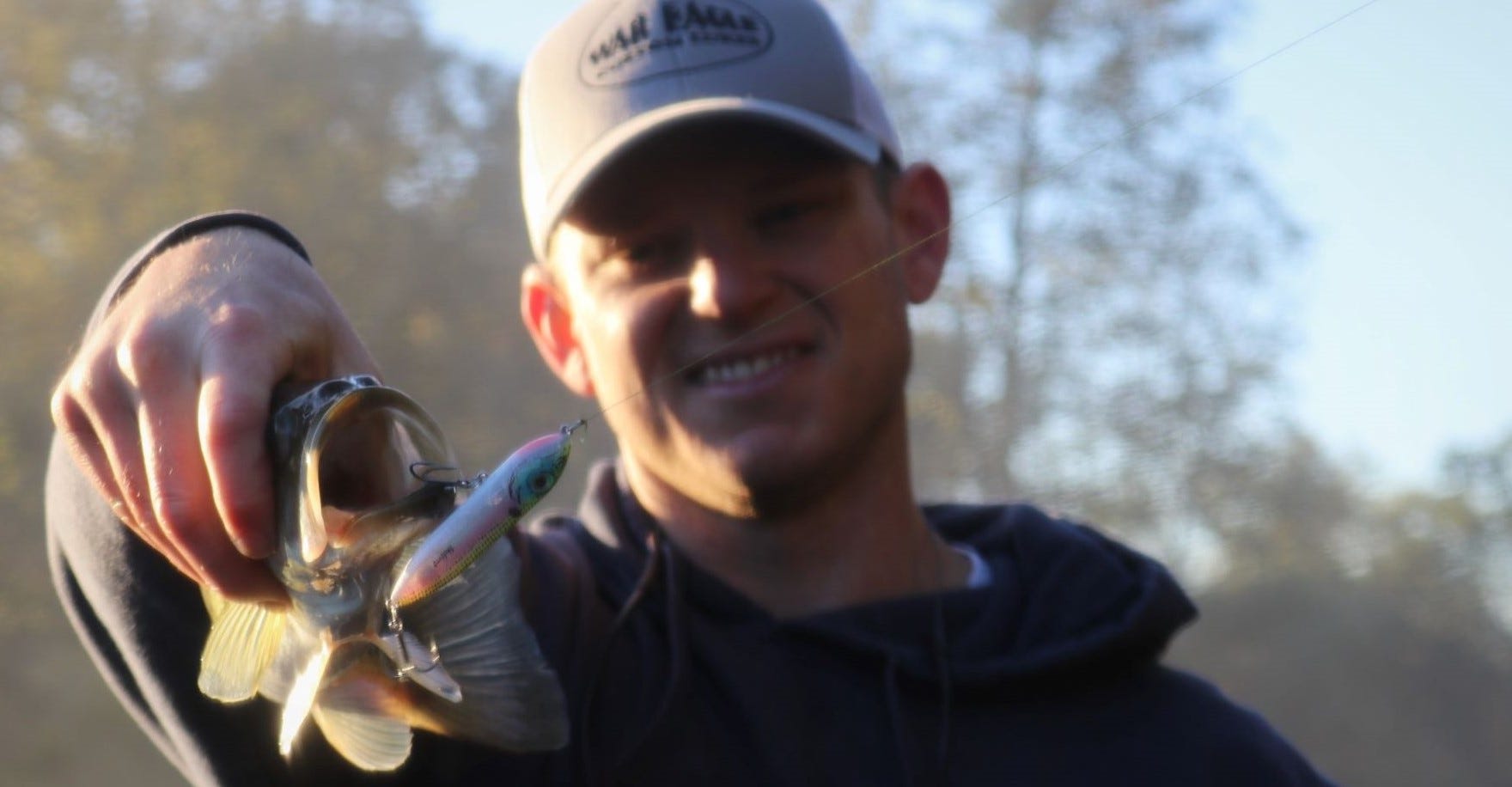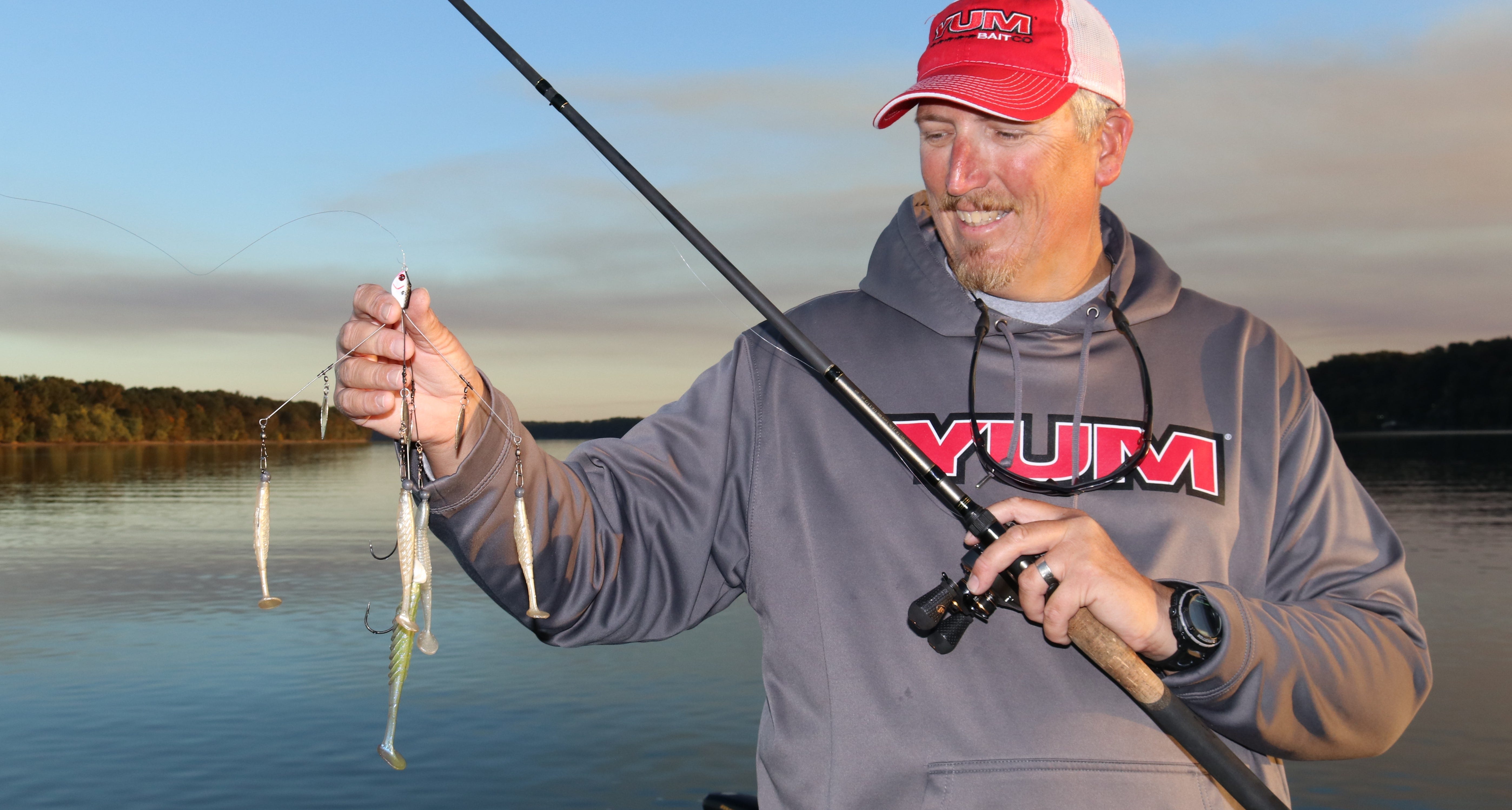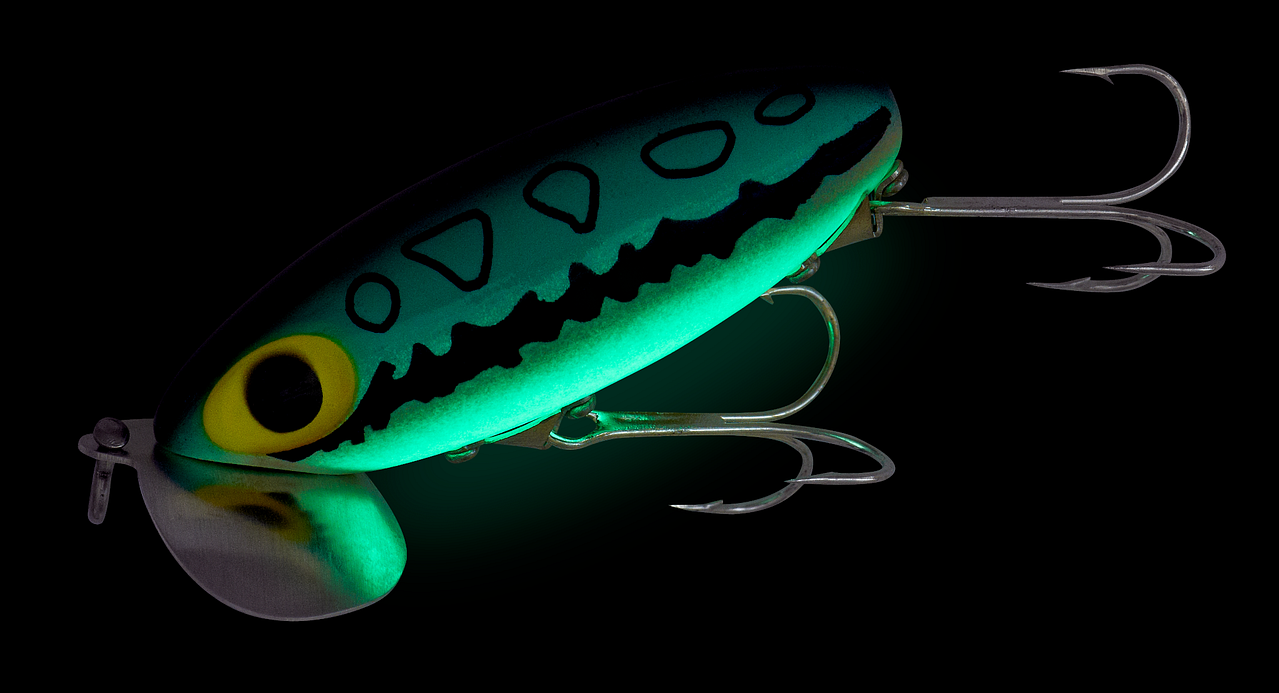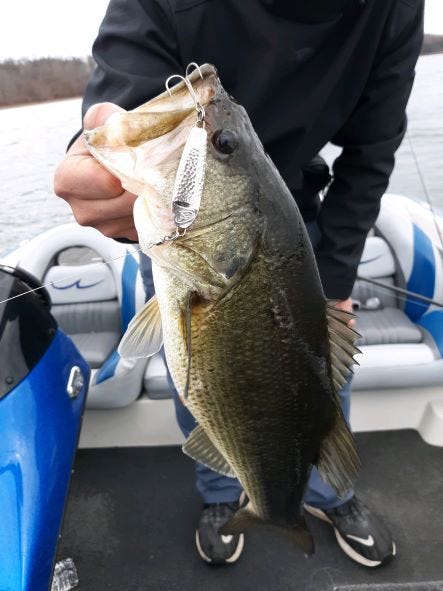- Nov 1, 2021
The Best Baits for Early-Season Ice Fishing
Whether you target walleyes, panfish or some other species, it’s important to be equipped with the right lures when you hit the ice.
If you’re an ice fisherman, few things are more agonizing than the wait for safe ice. You’ve been wearing out your weather app, hoping to start seeing crazily low lows in the 10-day, all the while dreaming and scheming about where you’ll hit the ice first and how your hard-water season will progress.
Wishing won’t ready the ice sooner, though, so you might as well make the best use of the wait time. One way to do that is to prepare your ice gear, getting all in good order and making certain you have the tackle needed when you finally get out on the ice. With such planning in mind, we’ve put a great selection ice fishing lures on sale throughout November. Everything on our Ice Fishing Lures page will be automatically discounted 15 percent in the cart through Nov. 30.
Also to aid your preparation, we’ll look at some of the lures that are important to have ready if you want to start your ice season right!

